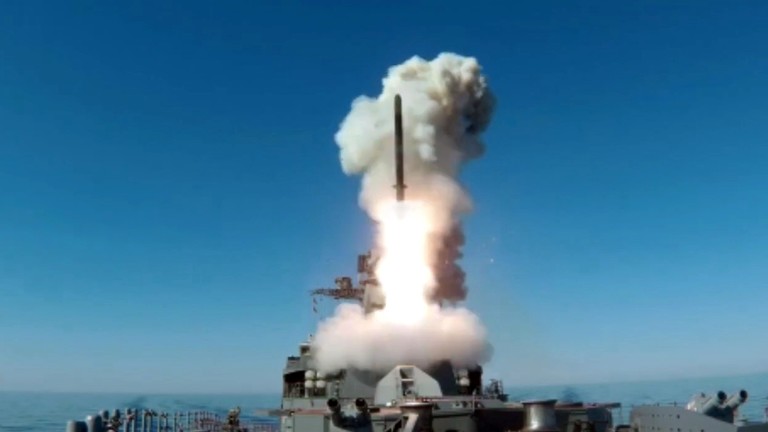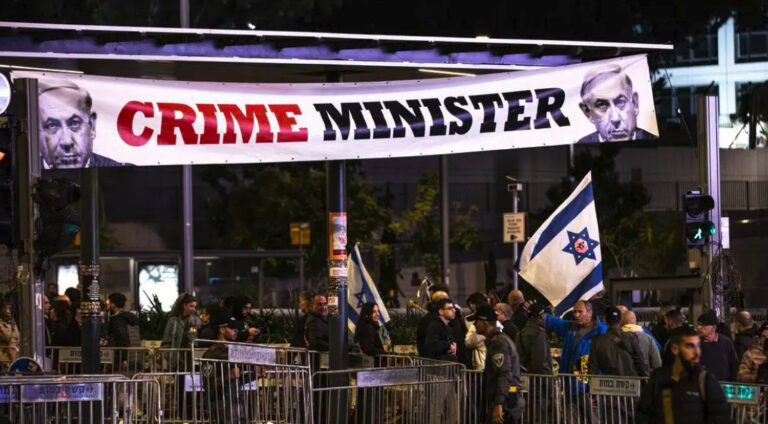
STRATEGIC ASSESSMENT. On July 8, Russia vetoed a draft resolution put forward by co-pen holders, Ireland and Norway, which would have extended the U.N. aid program in Syria for an additional year. Russian diplomats argued that the United States and its allies had not honored the commitments in the 2021 resolution, which mandated that a larger proportion of international aid be channeled through the Syrian government. Russia insisted that the Council back its alternative draft, which would extend the aid program for only six months, with a further six-month extension subject to the passage of another Council resolution. The United States and its allies voted down the Russian draft largely on the grounds that the Syrian government cannot be trusted to reliably allow international aid to be delivered across the front lines with its armed opponents, although aid agencies do currently deliver some supplies across front lines. After the failure of both rival drafts, U.S. Ambassador to the United Nations Linda Thomas-Greenfield, who recently traveled to the Bab al-Hawa crossing, stated: “A six-month resolution does not provide the certainty and the confidence that the Syrian refugees require, and NGOs (non-governmental organizations) require in order to continue to plan for and provide for support. Six months ends in January, in the middle of winter, the worst time possible.” Russia insists that its draft is the only viable means to extend the program, and diplomats continue to negotiate potential compromises that might extend the program.
Russia’s veto compromises lifesaving humanitarian assistance to nearly two and a half Syrians, according to U.N. calculations, who are reliant on it for food and other essential items. With the failure of the vote to approve the extension of the cross-border opening, the resolution authorizing the current program expired on July 10. First authorized by the U.N. Security Council in 2014, the cross-border aid operations serve Syrians who have been internally displaced by Russian and Syrian government operations in the Damascus suburbs, Aleppo, Homs, and Hama. Since 2019, however, the openings have become increasingly contentious and since 2020 Russia has reduced the four border crossings initially authorized to a single one at Bab al-Hawa, in an effort to force aid through Syrian government channels. The opposition held territory is largely under the political and security control of Islamist armed opposition groups that include Hayat Tahrir al-Sham, which was an Al-Qaida affiliate before publicly distancing itself from that terrorist organization. Despite the presence of designated terrorist groups associated with ISIS or Al-Qaida in the northern enclave and concerns about terrorist abuse of humanitarian channels, the U.N.’s humanitarian assistance was so urgent that P5 tensions did not impede the authorization of the cross-border channels, even though Russia continued its staunch backing for the Assad regime. However, as the Syrian government continues to consolidate its position and as relations between Russia and the West, notably the “P3” of France, the U.S. and the U.K., continue to deteriorate, Russia has turned against the program.
U.S. officials and Security Council diplomats had long expected that Russia’s invasion of Ukraine would further complicate the Security Council deliberations over Syria, as they have with many other issues requiring international cooperation. In contrast to 2021, when U.S.-Russian negotiations facilitated the one-year extension of the program, diplomatic discussions with Russia have been circumscribed since the Ukraine attack. Although Russia has long argued that the cross-border aid program violates Syrian sovereignty, Russia’s hardline position in the 2022 extension process represents, at least in part, retaliation against the United States and its European allies for their weapons shipment to Ukraine and vocal political support for the government of Ukrainian President Volodymyr Zelensky. Russia’s attempts to complicate U.S. efforts in Syria are also reflected in a June 15 Russian airstrikes on a portion of the U.S. base at al-Tanf that houses U.S.-backed Syrian militia forces who, together with U.S. forces, are combatting Islamic State organization fighters in Syria. Russia reportedly used established de-confliction channels to warn the United States of the strike, in advance, and no U.S. military personnel were injured. However, U.S. officials discounted Russian assertions that the strike was, in fact, a response to attacks by the militia on Russian forces in Syria, instead interpreting the attack as a Russian warning that its preponderent military role in Syria cannot and should not be challenged by the United States and its allies.
Should the Security Council fail to reach some kind of compromise on the humanitarian crossings, it will be the Syrians closeted in an assortment of camps and other dwellings in northern Syria, who will face immediate shortages of food and essential supplies. U.N. spokesman Stephane Dujarric called cross-border aid critical for men, women, and children in the northwest, saying: “In 2021, we had 800 trucks of cross-border aid go through each month, consistently reaching about 2.4 million people. The number of trucks that crossed in the calendar year, from January of this year to June 30 of this year, was 4,648 trucks.” The head of Mercy Corps, supporting the U.N.’s operations, asserted that a termination of the cross-border program would add to the difficulties already faced by the Syrian aid recipients as a result of worsening drought, economic crisis, and the war in Ukraine’s impact on food and fuel prices. Reflecting the fact that some aid organizations have stockpiled several weeks’ worth of goods that can still be delivered, U.S. Ambassador Thomas-Greenfield, stated that: “the border is not closing.” She added that: “[the United States and its partners] will continue to work with the humanitarian community to find ways to continue to provide humanitarian assistance directly to the Syrian people.” The hardships faced by the Syrian population are a direct result of the ongoing support to the Assad regime, and despite the brutal effects of the war on the Syrian population, several states have begun exploring some form of normalization with the Syrian government. Unfortunately, with the Russian invasion of Ukraine coloring almost all negotiations at the Security Council, consensus even on humanitarian issues looks increasingly doubtful. Despite the current geopolitical climate, diplomats and experts remain hopeful that ongoing discussions will yield some positive outcome. As U.N. Director at Crisis Group, Richard Gowan, recently tweeted, “In this process, going over the cliff-edge may actually be a necessary precursor for finding a parachute.” (TSC)





